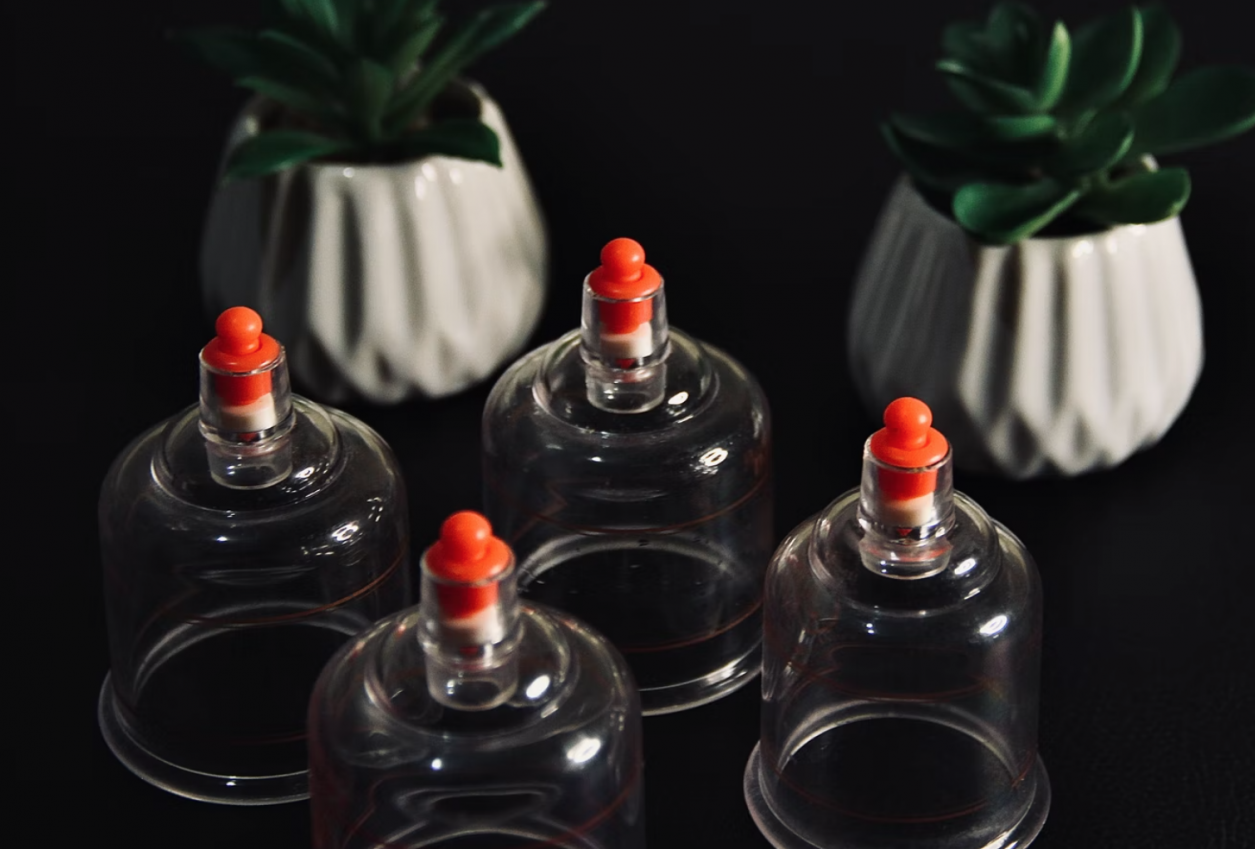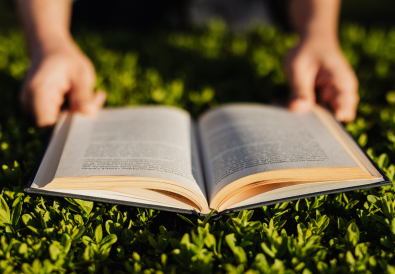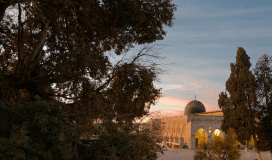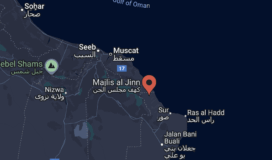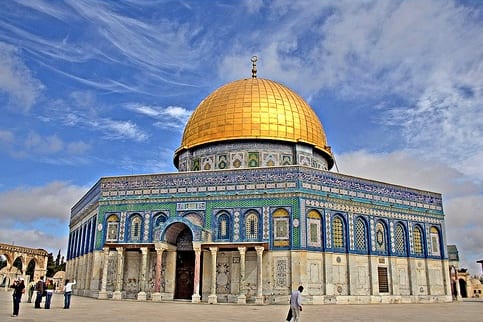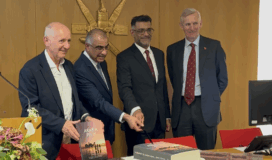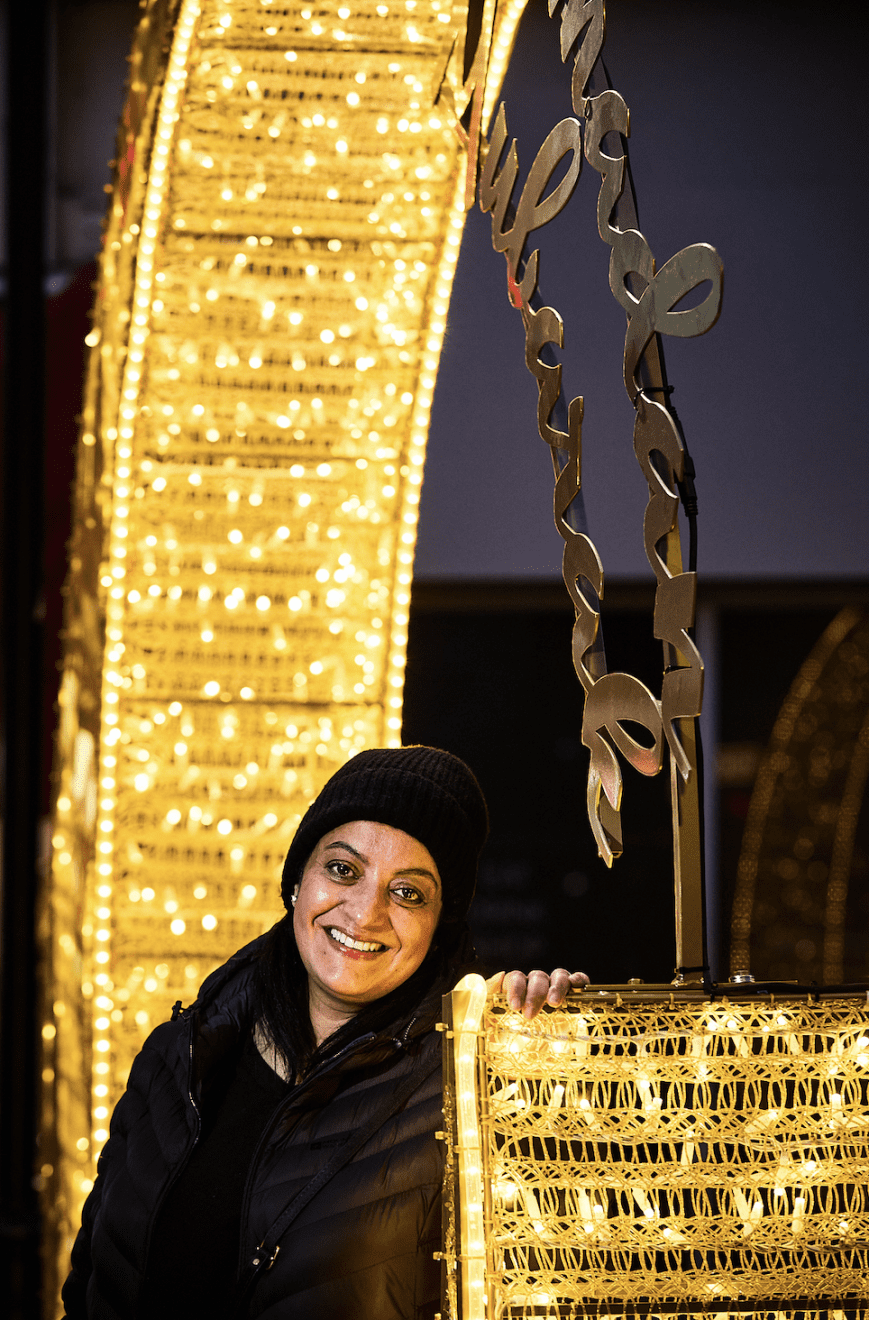Despite its many health benefits, Hijama is precariously becoming an uncommon form of therapy. A natural and holistic way of ridding the body of any toxins, Hijama sits somewhere lower on the list when compared to the likes of modern medicine and treatment. You could say that it’s slowly becoming a forgotten Sunnah; a sunnah which has been repeatedly prescribed to us by the Prophet PBUH himself.
He (peace and blessings be upon him) said: “Cupping is the most helpful procedure for human beings to cure themselves.”
(Sahih al-Bukhari)
Cupping is not something prescribed by Islam alone. As much as Islam revived the act, cupping is an ancient practice and has been practised for centuries by many different civilisations. In fact, we can travel back as far as five thousand years where we’ll find Egyptians and the Chinese using this form of therapy for the many diseases they encountered. What’s more, cupping remains a common way of finding remedies for the many ailments in China, Russia and the many Muslim countries around the world.
What Happens During Hijama?
The most important thing to remember is that Hijama has a religious and spiritual significance to Muslims. Whilst Hijama may be a global practice, there is a certain way that it should be performed in Islam. It’s rather important that both the therapist and patient have performed ablution (wudhu) and that the Holy Qur’an is recited before and during the procedure.
The act of Hijama involves primary suctions which consist of pulling muscles into a cup from which the air is sucked manually or electronically. After three to five minutes of sucking the air – which should have helped in gathering bad blood to this one point – incisions are made which allows for bloodletting. The cup is then removed and the area is cleansed and disinfected.
So, What Are The Benefits?
Hijama can help in inducing comfort and relaxation and it does this in many ways. The main way is by increasing the parasympathetic activity and relaxing the muscles within the body. Hijama also allows you to be in control of pain, giving your body the ability to withstand and tolerate pain.
Hijama also helps with blood circulation and removes waste and toxins from the body in an unparalleled manner. What’s more, it also drains any excess fluids and with an increase in blood flow, it helps control high blood pressure and strengthens the immune system. With a major contribution towards many illnesses being a build-up of toxins, it really is an ideal way of preventing illnesses before they even happen.
Some additional benefits were highlighted by the Prophet PBUH:
The Prophet (peace and blessings be upon him) said: “The best treatment is hijama cupping; it removes blood, lightens the back and sharpens the eyesight.”
(Sunan al-Tirmidhi)
In another prophetic tradition, the Prophet PBUH said, “Hijama cupping on an empty stomach is best. It increases the intellect and improves the memory. It improves the memory of the one memorizing….” (Sunan Ibn Majah, 3488).
Where Shall I Do Hijama?
Whilst Hijama can be done on more than one part of the body, there are certain parts which have been prescribed by the Sunnah. The upper back is one of them as this part of our body directly affects our spine, lungs, heart and brain, all of which require constant maintenance.
“Hijama cupping on the back of the neck treats seventy-two illnesses”
(Tabarani)
Anas narrated that the Prophet (peace and blessings be upon him) used to have hijama cupping done on the veins on the side of the neck and the upper back.
(Sunan al-Tirmidhi)
When Is The Best Time To Do Hijama?
Hijama can be done at any time and any day throughout the year. It is ideal to perform the procedure 2-4 times a year to maximise its benefits. There are certain days which are considered Sunnah days and ideally one should aim to do it then. The following prophetic tradition tells us when:
“Whoever performs Hijama cupping on the 17th, 19th and 21st day (of the Islamic Lunar month), then it is a cure for every disease”.
(Sunan Ibn Majah)
Main image – Vi Vi, Unsplash



